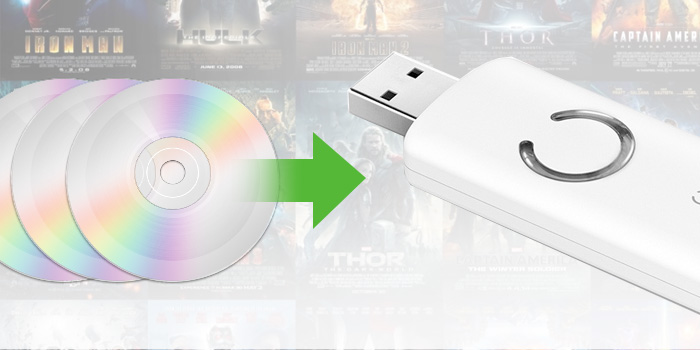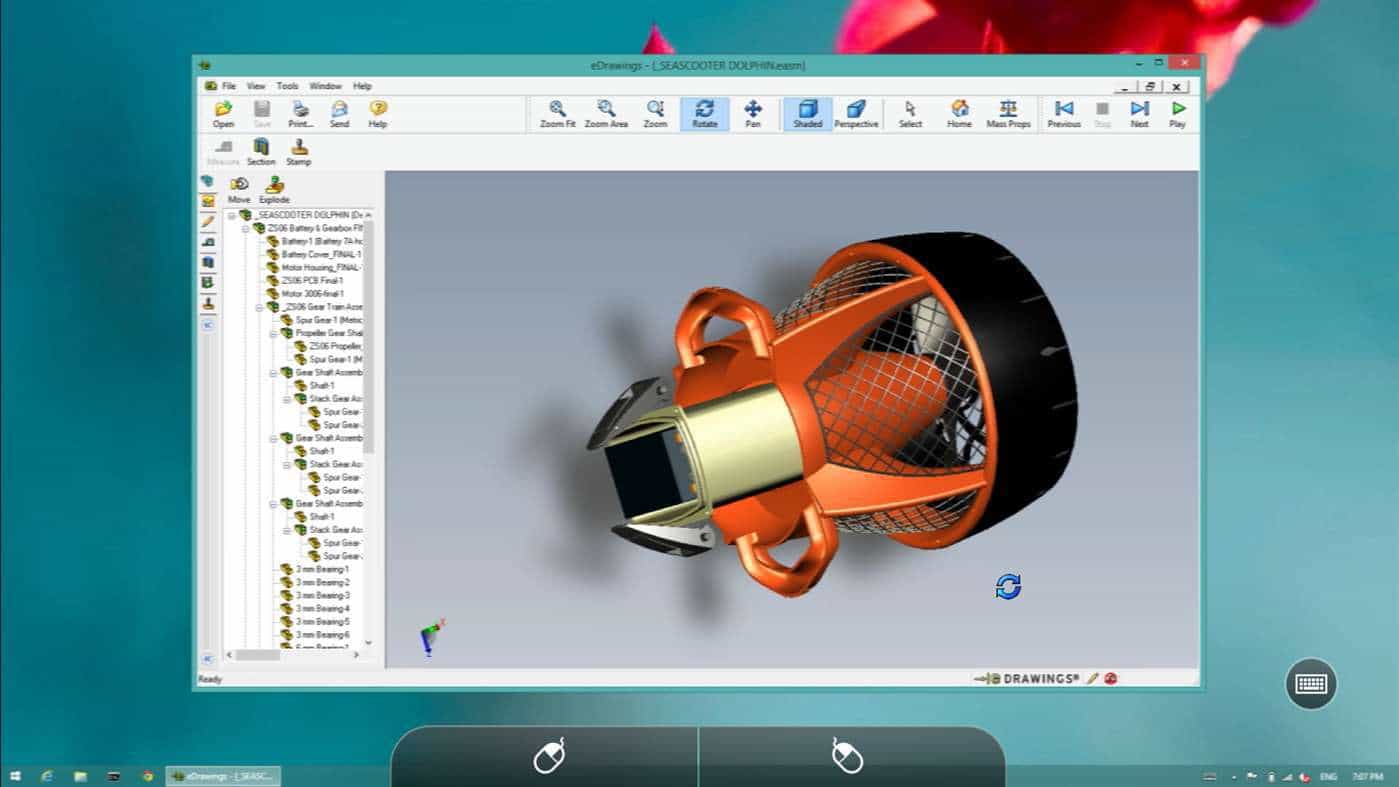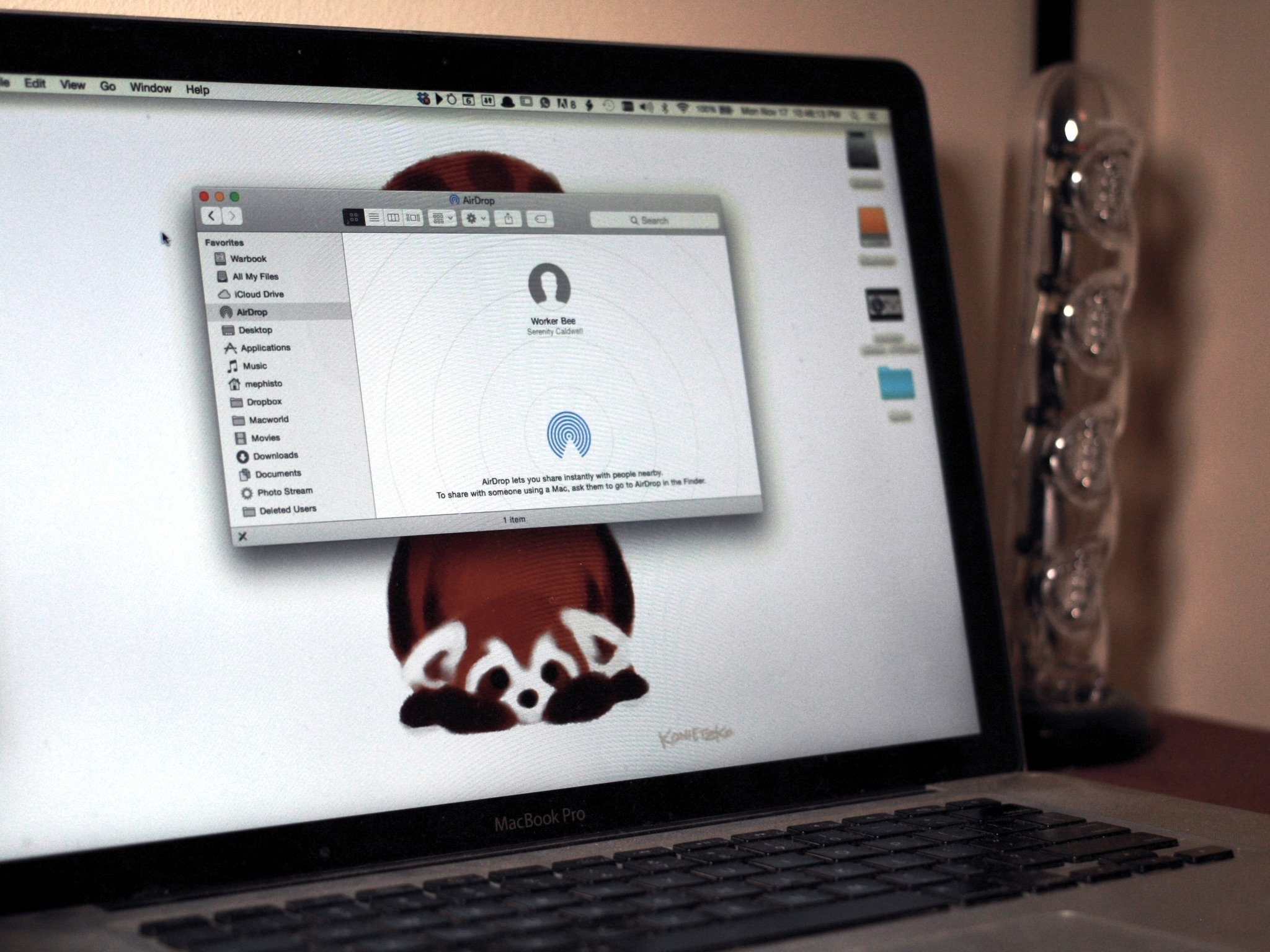- We’ve got products to bring them to life. WeTransfer is all about making creativity easier, for everyone. So whether it’s a first draft, final cut, or spark of inspiration, our products take care of the tricky stuff so you can focus on what’s important—your ideas.
- No support for Mac anymore I was always very happy with the app, but since the last update I get the welcome screen everytime I start up the computer. It's not possible to untick that. I contacted support and quote: 'we're no longer able to provide technical support for our Mac app' So that's quite dissappointing, considering I do pay for it.
- We Transfer For Mac Os X 10.13
- Mac Os X Download
- Os X Version Mac For Free
- We Transfer For Mac Os X 10 6
- We Transfer For Mac Os X 10.10
- Mac Os For My Mac
Transfer Your Mac to a New Owner
If you plan on selling a Mac, you will want to take a few measures beforehand, rather than handing the machine off as it is. The most important steps before selling or transferring a Mac to a new owner are as follows:
WeTransfer is the simplest way to send your files around the world. Share large files up to 2GB for free. Manage the media and data on your handset has never been easier! ITransfer is a nice replacement to iTunes that aims to offer more flexibility in managing the contents between your iOS device, Android smartphones & tablets, iTunes library and computer. With it, you can easily copy music, playlists, music videos, movies, TV shows, photos, podcasts, audio books, iTunes U and more from one device.
Back up everything: Backing up all of your important files and data stored on the Mac is crucial. Since many apps are available for downloading again through the App Store, just choose the apps you’ll need. The easiest way to back up your computer completely is through Time Machine. Using Time Machine is easy. Just connect the Time Machine drive to the Mac, pull down the Time Machine menu icon, and choose Back Up Now. All your data, apps, and customization will be saved. Additionally, Time Machine allows you to migrate everything over to a new machine with Migration Assistant.
Deauthorize the Mac with iTunes: This process securely erases all data so that no future owner can access it. To do so, launch iTunes, pull down the Store menu and choose Deauthorize This Computer. If you change your mind later and decide to maintain ownership of the Mac, you can reauthorize the computer again through the same menu.
Erase all data by securely formatting the hard drive: After you’ve backed up everything and deauthorized the Mac, securely erase the entire hard drive so that none of your personal data can be recovered. To do so, reboot the Mac from Recovery Mode and target the primary partition with a secure format. Reboot the computer and hold down the Option key. Select the Recovery partition from the boot menu, select Disk Utility from the OS X Utilities menu, then select the hard drive primary partition. Next, choose the Erase tab, click the SecurityOptions button, and choose 7-Pass Erase or 35-Pass Erase (extremely secure but much slower). Finally, click OK, and click Erase to format the drive. All data will be wiped from the Mac securely. Keep in mind that this may take a while depending on which security method you chose.
Optional: Reinstall OS X. If you reinstall OS X, the new owner receives the Mac as if it was brand new, complete with the initial setup screens. Unless you are using a boot installer USB drive, this process requires internet access so that the installer can be retrieved from Apple’s servers. To do this, in Recovery Mode, choose Reinstall OS X from the OS X Utilities menu screen. Reboot holding down the Option key if you are no longer in Recovery. Click Continue and select the newly formatted Macintosh HD partition, then click Install. OS X will reinstall fresh. When finished, booting the Mac will appear as if it was brand new. Now, you can leave it as it is so that the new owner can go through the configuration process themselves.
See also:
We Transfer For Mac Os X 10.13
- Apple Encyclopedia: all information about products, electronic devices, operating systems and apps.
- iGotOffer.com: the best place to sell used MacBook online. Best offer on the market guaranteed. Free quote and free shipping. BBB A+ rated business.
Although file sharing has come a long way, there is still no single way or service which can fulfill all requirements of each and every user. So, come with us as we talk about the various ways in which you can transfer files between Mac, be it your own devices or with a friend’s device.
Read: 10 Ways to Share Files between Two Windows Computers
Transfer Files From Mac to Mac
1. Online Services
Cloud storage services are a viable option for file sharing if you have a high-speed internet connection. These services or websites allow you to host your pictures, videos and all types of files on their servers and all your files can be accessed from anywhere in the world with a computer connected to the internet. Cloud storage is extensively used as backup solutions by many people and they can even be used to share files with other people just by sending them a link to the hosted file.
Some of the popular cloud storage services include – Dropbox, One Drive, and Google drive etc. All of them offer 10-15 GB free storage once you sign up. If you need more storage space, you need to upgrade to a paid version, which usually cost $3-4 per month for 100 GB. All of these also come with smartphone clients, making all your files accessible even from your or your friend’s phone.
Mac Os X Download
If you want to share large files with your client, but don’t want to pay for a service, then try pCloud. As of writing this post, the trial version the limit is 20 GB.
However, if the file to be sent is very small in size (less than 30 MB), you can also consider sending easily via emailing services like Gmail, Yahoo, Outlook, etc.
Read: 7 Ways To Access Your Computer’s Files Remotely Over the Internet
Pros:

- Allows sharing between two( or more) devices anywhere in the world.
- Files can be accessed as many times as wanted.
- Compatible with also Windows, iOS, Android or almost anything that has a browser, including Apple TV.
Cons:
- Dependent on internet connection
- To share/host large sized files, might have to shell out some money
Os X Version Mac For Free
Conclusion:
Although all the cloud services offer plans, most offer a free limit (different for each) which should be enough to share files. Cloud offers you the ability to share files with devices or people with whom it is not physically possible to be with.
2. Physical Devices
Physical storage devices such as pen drives, external hard disks (HDDs), Solid State Drives (SSDs) have risen in popularity over the last few years owing to the ease of file sharing they offer. Just connect the device to the sender’s Mac, copy the files to it and then connect it to the receiver’s Mac and then copy from the device to the computer. Pen Drives are good for a quick transfer of small files, HDDs are great for sharing very large files (upto 4TB) and also backing up your computer. And if you want something more compact and much faster, SSDs will do the job pretty well but they do come at a price compared to hard disks.
Another great thing about them is that you can also use these devices to not only share files between two Macs but even Windows and Android device (using an OTG cable or adapter).
However, if plugging in a hard drive is too much work for you, consider getting a Wi-Fi drive like this one from ScanDisk. They cost more than the physical Hard Drive and offers less storage, but comes with the convenience to access those files over the network.
Quick Tip: Before using the same HDD with MacOS and Windows, make sure to format it to exFAT or FAT32 as Window’s default NTFS is read-only on MacOS and might cause problems.
Read: How to Format Hard Drives
Pros:
- Very easy and minimal number of steps required to use
- Choose accordingly over a wide variety of sizes (all the way from 4GB to 4TB)
- Conveniently portable to take everywhere

Cons:
- Physical devices, so susceptible to damage or data loss
Conclusion:
Physical storage devices are better than cloud services for storing or transferring huge amounts of files as they offer a better bang for the buck and they even work without an internet connection while being portable to take with you. However, keep in mind, they still have to be physically given to the receiver which shouldn’t be a problem if you are sharing with yourself or with a friend at school or work.
3. File Sharing
Of course, most of you knew about the previous two ways, but very few know of the File Sharing System built right into Mac OS. File Sharing, which uses SMB, is one of the most efficient and fastest ways in which you can transfer files between two Macs on the same network.
Read: How to Access your Computer Files From Anywhere With TeamViewer
But first, you need to activate File Sharing on the Mac from which you want to access data. Go to
System Preferences > Sharing. Turn on File Sharing by clicking on the radio button next to it.
Under “Shared Folders”, remove or add the folders which you want to share, and under “Users”, you can manage the access rights of various users. Make sure the icon is green and says “File Sharing: On” and under it there should be your device’s address starting with “smb://“ which in my case is: “smb://anurags-mbp”
Now on the other device, go to Finder > Go > Connect to Server
And type in the smb address. Next, there should be a pop-up asking you for which folder you want to open. Select the required folder and input the username and password of the user of the hosting computer and you are good to go.

QuickTip: If you want the fastest transfer speeds, we recommend connecting both the devices to the network via wires.
Also, if you want to share with Windows computers, go to Options and turn on afp along with smb.
Pros:

- Very fast transfer speeds
- Rights to each user can be controlled
Cons:
- Devices need to be on the same network
Conclusion:
If you want to transfer files between your own computers or to a friend’s computer connected to the same network, File Sharing offers faster transfer speeds and even offers management of access rights for the various clients.
4. Using Wires
Most of the new Macs come with Thunderbolt ports which offer insane bandwidth, but did you know you can use them solely just for File Transfer? There are two ways in which you can do so: Target Disk Mode or Thunderbolt Bridge.
Target Disk Mode allows you to access the whole hard disk of one Mac from another Mac, allowing you to copy files to and from the target device. Using all the lanes of the Thunderbolt wire, you get the fastest speeds and this method is highly recommended for moving huge files, which is done in a jiffy.
To use Target Disk Mode, on the target machine, that is the machine who’s the hard drive you want to access, connect both mac with FireWire or Thunderbolt cable. You can buy it off amazon for $20 (the apple store sell it for a higher price). Next, go to System Preferences> Startup Disk> Target Disk Mode. This should black out the screen and display a Thunderbolt icon, after which you can connect the two devices using a Thunderbolt cable and the target machine’s hard disk should appear under “Devices” in Finder.
Using a Thunderbolt Bridge is also very similar, except that both the machines stay turned on and you can use both the Macs while the file transfer is taking place.
To use Thunderbolt Bridge, you need to enable it on both the devices. Go to System Preferences> Network> Click on Add(+)> Select Thunderbolt Bridge
Note: You may already have Thunderbolt Bridge enabled. In that case, no need to do anything.
Connect the two Macs via the Thunderbolt cable and you should see the “Not Connected” change to “Self-Assigned IP”. Once that is done, note the IP address and go to Finder> Go> Connect to Server. And input the IP address after which it is the same as File Sharing.
QuickTip: If you are using an old Mac which doesn’t have Thunderbolt, you can use Ethernet cables (will work also with an Ethernet Adapter), to achieve similar transfer speeds.
Pros:
- Fastest transfer speeds
- Suitable for moving huge sized files
Cons:
- The distance between the two Macs depends on the length of the Thunderbolt wire connecting them, which is generally very short.
- Newer Macbooks only comes with USB type C port, so you’ll have to invest extra for an adapter.
Conclusion:
We Transfer For Mac Os X 10 6
This is the only fast and convenient way to transfer huge files like video files and games from one Mac to the other. However, as they need to be connected with a single cable, the machines need to be physically close to each other; this might not be a problem if one is a MacBook, but it might be troublesome to do this with two iMacs in different rooms.
5. AirDrop
AirDrop might be the easiest and most convenient way to share files between two Macs and even iPhones. It basically uses WiFi and Bluetooth to connect and transfer files between the devices.
What makes AirDrop so great is the fact that it is so simple and idiot-proof; just open AirDrop from Finder on both your Macs and wait for the other person’s device to show up. Once you can see their device, just drag and drop the files you want to send on their avatar/icon and Bam! File transferred! There may even be multiple devices, just drag the appropriate file to the appropriate person, that’s all it takes! It is wicked fast for small files like pictures and text files, however for much larger sized files, it does take a little time.
Read: Best Airdrop Alternatives for Android, iOS, and Windows
Pros:
- No setup or anything extra required
- Idiot-proof and convenient
Cons:
- The computers need to be nearby and connected to some WiFi network (not necessarily the same), or else AirDrop won’t work.
Conclusion:
If you can use AirDrop, that is the other Mac is in your vicinity, then you should be using AirDrop as it provides the most hassle-free experience of sharing files between two Macs.
We Transfer For Mac Os X 10.10
Wrapping Up: Transfer Files From Mac to Mac
Mac Os For My Mac
If the two Macs are in the vicinity of each other and the file to be transferred is relatively small, AirDrop is your best bet. However, for larger files, Thunderbolt cables or File Sharing seem to do the job just perfect. And if the two machines are not in proximity, physical storage devices can be used to carry the files from one Mac to the other and for even larger distances, online services are the way to go.
So this was our five ways to transfer files from Mac to Mac. Did we miss anything? Have any doubts? Let us in the comments below.
